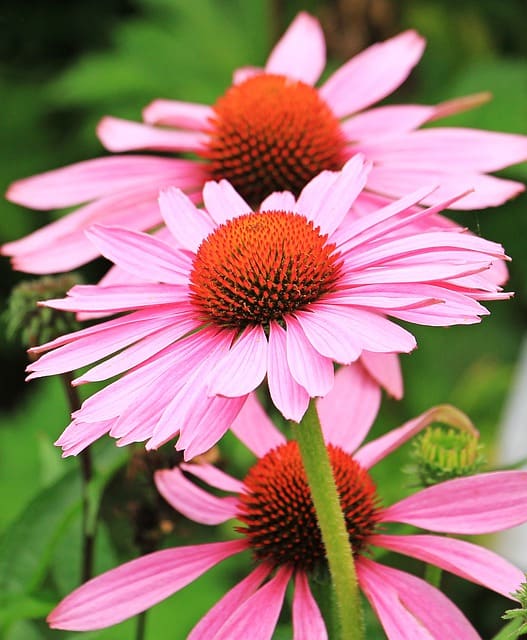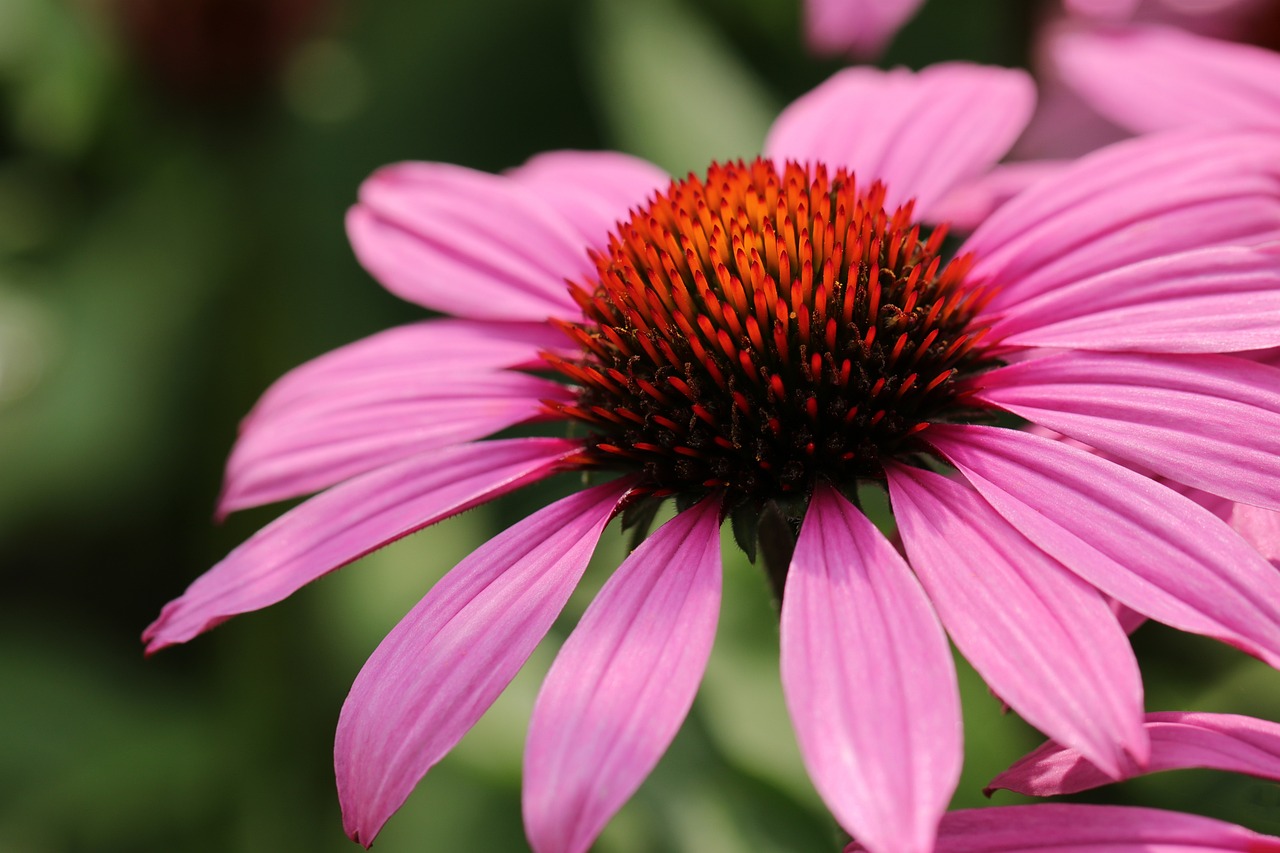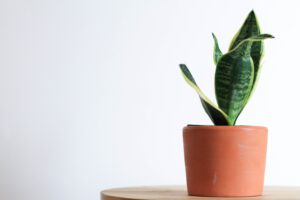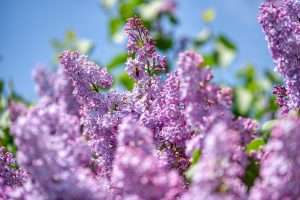chinacea has been used for centuries in traditional medicine, primarily for its immune-boosting properties. If you’re interested in harvesting this captivating plant, whether for crafting herbal remedies or simply to enjoy its unique qualities, this guide will provide you with essential knowledge and tips to ensure a successful harvest.
Understanding Echinacea

Echinacea is native to North America and consists of several species, with Echinacea purpurea being the most common. These perennial flowers bloom in mid to late summer, displaying vibrant purple petals and a prominent cone-shaped center. Beyond their aesthetic appeal, Echinacea plants are revered for their medicinal properties, which are believed to help with colds, flu, and other infections.
When to Harvest Echinacea
The timing of your harvest is crucial for obtaining the best medicinal properties from the plant. Here are the stages to consider:
Flowers: The flowers of Echinacea are typically ready to be harvested when they are fully open but before they begin to wilt. This is usually in late summer, between July and September, depending on your climate.
Leaves: Echinacea leaves can be harvested throughout the growing season. For the best flavor and medicinal quality, pick the leaves in early summer, before the plant blooms.
Roots: If you’re interested in harvesting the roots (which contain potent constituents), wait until the fall after the plant has finished blooming, ideally around September to October. The roots are more concentrated in medicinal properties at this stage.
How to Harvest Echinacea
Here are the steps for harvesting flowers, leaves, and roots:
Flowers
Select the Right Time: Choose a dry day when the flowers are fully open. Morning is often the best time for harvesting, as the flowers are still fresh from the dew.
Use Proper Tools: A pair of sharp garden scissors or shears will suffice for cutting the flowers. Make sure to sterilize your tools to prevent any disease transmission.
Cut the Stems: Harvest the flowers by cutting the stem just above the first set of leaves. Avoid cutting too close to the base to allow the plant to continue growing.
Leaves
Choose Healthy Leaves: Look for vibrant green leaves that are free of spots or diseases.
Snip: Use your scissors to snip off leaves from the base of the plant or at least a few inches from the base. As with the flowers, be careful not to damage the plant.
Roots
Prepare the Area: Mark the plant you intend to harvest to ensure you can return to it later. Clear the area of any debris.
Dig Carefully: Use a spade or garden fork to dig up the roots, being cautious not to damage them. Extend your digging around the base to ensure you are getting as much of the root system as possible.
Wash and Trim: Once harvested, wash the roots thoroughly to remove soil, then trim any fine roots from the main taproot.
Drying Echinacea
Once you’ve harvested your Echinacea, it’s important to properly dry your flowers, leaves, or roots for future use. Follow these steps:
For Flowers and Leaves: Bundle small groups of flowers or leaves and hang them upside down in a dry, dark, and well-ventilated area. Alternatively, use a dehydrator at a low temperature to expedite the drying process.
For Roots: Clean the roots thoroughly and slice them into smaller sections to facilitate drying. Spread them out on a drying rack or paper towel in a dry area, turning them occasionally.
Check for Dryness: Ensure everything is completely dry before storing, as moisture can lead to mold.
Store Properly: Once dried, store Echinacea in airtight containers, away from light and heat to preserve potency.
Using Harvested Echinacea
Harvested Echinacea can be used in various ways:
Tea: Infuse dried flowers or leaves in hot water for a soothing tea.
Tinctures: Create tinctures using the roots, which can be a concentrated form of the plant’s medicinal properties.
Capsules: Dried Echinacea can also be powdered and encased in capsules for easy consumption.
Conclusion
Harvesting Echinacea can be a rewarding endeavor for both gardeners and those interested in herbal medicine. By knowing when and how to harvest the flowers, leaves, and roots, as well as how to properly dry and store them, you can enjoy the benefits of this beautiful and beneficial plant year-round.





